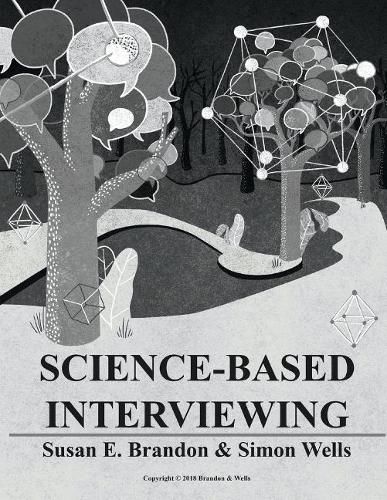Readings Newsletter
Become a Readings Member to make your shopping experience even easier.
Sign in or sign up for free!
You’re not far away from qualifying for FREE standard shipping within Australia
You’ve qualified for FREE standard shipping within Australia
The cart is loading…






This book is about how to talk with people to learn what they know, what they’ve done, and what they believe about particular events, persons, plans or activities. It may be useful in law enforcement, intelligence, and industry (e.g., litigation, insurance fraud, human resources) contexts. The content is based entirely on research supported by U.S.- and U.K.-sponsored social and behavioral research that is publicly available; these references are included in the text. Also included are suggestions for instruction and practice. The first five chapters follow the course of an interview, beginning with planning (Chapter 2), impression management (Chapter 3), developing rapport (Chapter 4), showing active listening (Chapter 5), eliciting a narrative (Chapter 6), and good questioning tactics (Chapter 7). Chapter 8 describes how to create cooperation between the interviewer and the subject, and what to do in instances where the subject is less than cooperative. Chapter 9 provides methods of assessing whether the subject’s story is likely to be true. Each of these chapters are followed by a set of exercises. The subsequent chapters provide information on topics that we have been asked about in classes we have taught based on the material in this book: what are the characteristics of good interviewers (Chapter 10), why people confess (or not) (Chapter 11), how memory works (Chapter 12), and the likely impacts of personality (Chapter 13), mental health disorders (Chapter 14), and drugs and alcohol (Chapter 15) on interview outcomes. Chapter 16 provides a brief overview of the polygraph. Chapters 17 and 18 offer brief histories of interrogations in the U.S. and the U.K., respectively.The authors have knowledge and expertise in both the underlying science and in the application of these methods in the real world.
$9.00 standard shipping within Australia
FREE standard shipping within Australia for orders over $100.00
Express & International shipping calculated at checkout
This book is about how to talk with people to learn what they know, what they’ve done, and what they believe about particular events, persons, plans or activities. It may be useful in law enforcement, intelligence, and industry (e.g., litigation, insurance fraud, human resources) contexts. The content is based entirely on research supported by U.S.- and U.K.-sponsored social and behavioral research that is publicly available; these references are included in the text. Also included are suggestions for instruction and practice. The first five chapters follow the course of an interview, beginning with planning (Chapter 2), impression management (Chapter 3), developing rapport (Chapter 4), showing active listening (Chapter 5), eliciting a narrative (Chapter 6), and good questioning tactics (Chapter 7). Chapter 8 describes how to create cooperation between the interviewer and the subject, and what to do in instances where the subject is less than cooperative. Chapter 9 provides methods of assessing whether the subject’s story is likely to be true. Each of these chapters are followed by a set of exercises. The subsequent chapters provide information on topics that we have been asked about in classes we have taught based on the material in this book: what are the characteristics of good interviewers (Chapter 10), why people confess (or not) (Chapter 11), how memory works (Chapter 12), and the likely impacts of personality (Chapter 13), mental health disorders (Chapter 14), and drugs and alcohol (Chapter 15) on interview outcomes. Chapter 16 provides a brief overview of the polygraph. Chapters 17 and 18 offer brief histories of interrogations in the U.S. and the U.K., respectively.The authors have knowledge and expertise in both the underlying science and in the application of these methods in the real world.